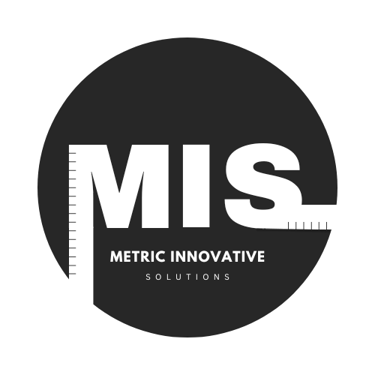Understanding the Return on Investment (ROI) for Solar Projects
Andrew Yu
9/17/20241 min read


One of the most common questions clients ask when considering solar energy is, “What’s the ROI?” It’s a key factor that reassures clients about the long-term financial benefits of going solar. Let’s break down the key points that determine ROI for solar projects:
1️⃣ Maximize Efficiency & Long-Term Savings
A well-maintained and efficient solar system can save clients significantly on energy bills over time, reducing their reliance on the grid. Regular maintenance and monitoring ensure peak performance, extending the system's lifespan and boosting savings year after year—making solar a smart long-term investment. (Check our previous post for maintenance tips!)
2️⃣ Incentives & Rebates
Government incentives and rebates can dramatically enhance ROI by offsetting a large portion of initial costs, shortening the payback period. Make sure your clients know about the incentives available in your area!
3️⃣ Energy Price Protection
Solar systems shield clients from rising electricity prices. By investing in solar, they lock in stable energy rates, which is especially valuable for clients with high energy usage, as they avoid future cost increases.
4️⃣ Payback Period
Depending on system size, location, and local energy rates, the typical payback period for solar investments is around 6-10 years. After the payback period, all savings contribute directly to ROI, making solar a great long-term financial decision.
5️⃣ Boost in Property Value
Solar installations can also increase property value, offering an additional return beyond energy savings. This is especially attractive to homeowners planning to sell their property in the future.
Now that you understand the importance of ROI for solar projects, it’s time to help your clients improve their ROI. This can significantly impact how many clients you close in the long run.


